Reflecting on 10 Years of Vision Zero: What We’ve Learned and What’s Still to Be Done
By
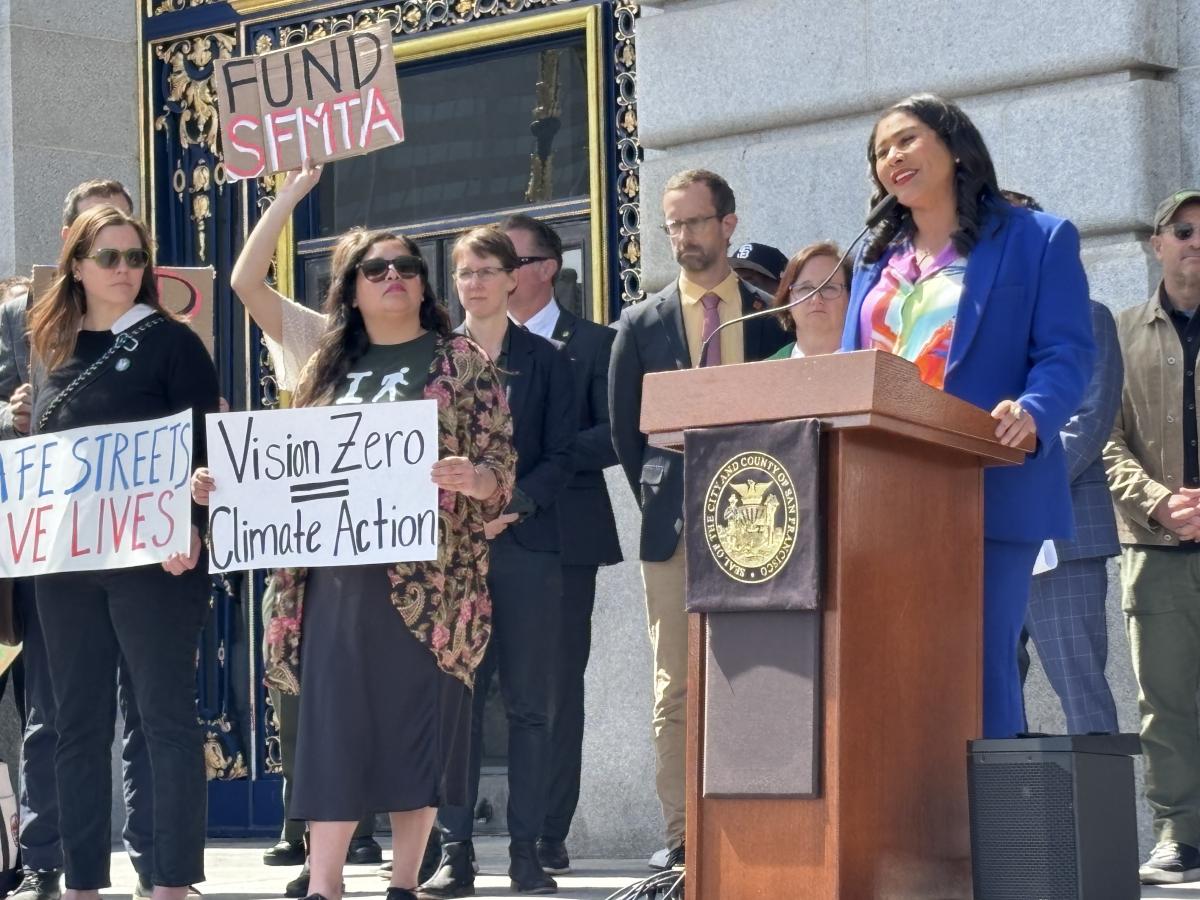 Mayor London Breed speaks at a press conference for the 10-year anniversary of the launch of Vision Zero in San Francisco.
Mayor London Breed speaks at a press conference for the 10-year anniversary of the launch of Vision Zero in San Francisco.
Ten years ago this month, San Francisco adopted Vision Zero, a policy declaring that no one should die traveling on the streets of our city. Vision Zero is San Francisco’s commitment to create safer, more livable streets with the goal of eliminating traffic fatalities and reducing severe injuries.
San Francisco and New York were the first two U.S. cities to set Vision Zero as a transportation goal, following in the footsteps of Sweden, where Vision Zero was created in 1997. Now, about 50 U.S. cities, the state of California and the federal government also have adopted Vision Zero as a goal.
After ten years, San Francisco has not reached zero traffic deaths, but we’ve made real progress on safer streets. We’ve tested many tools and learned what works. We know which streets most need improvements, and we know how to fix them. Together with advocates, our agency and Mayor Breed pushed for and won changes to state law that unlock powerful, proven technological solutions that will make cities safer across California, not just here.
San Francisco is a national leader in advancing Vision Zero. Since 2014, our city has put safety at the center of all our street projects. We have adopted changes that before Vision Zero would once have seemed radical, such as removing parking at intersections so approaching drivers can see pedestrians crossing the street, programming traffic signals to give pedestrians a head start and be more visible as they walk into a crosswalk and designing streets to reduce speeding, a leading cause of traffic deaths and severe injuries.
Changes like these have made San Francisco one of the safest larger cities in the country for pedestrians and bicyclists, with the lowest number of bicyclist fatalities per bicycle commuter and second lowest number of pedestrian fatalities per walking commuter, according to the League of American Bicyclists. Traffic fatalities in San Francisco have generally been trending down since 2013, while many other large cities across the country, from Seattle to Los Angeles to Washington DC, are struggling with increasing fatality rates.
But San Francisco still averages at least two traffic fatalities a month. Every fatality is devastating to the friends and loved ones of the person whose precious life was taken away from them prematurely, as well as to the entire community. This truth has never been more poignant than it is right now, so soon after the tragic crash that took the lives of an entire family on March 16 in West Portal.
Our work so far
Over the last ten years, San Francisco has completed more than 50 miles of Quick-Build safety improvements for people walking and biking and installed close to 700 traffic-calming devices, such as speed humps, raised crosswalks and median islands. We created more than 32 miles of Slow Streets — safe, low-vehicle-traffic routes that prioritize people over cars. The city also created seven miles of safe, recreational streets like JFK Promenade in Golden Gate Park. We installed 41 miles of separated bike lanes — a seven-fold increase since 2014.
We advocated for state legislation allowing us to reduce the speed limit on our own city streets. Then we led the state in reducing the speed limit to 20 miles per hour on 43 miles of streets as soon as the legislation went into effect in January of 2022. Slowing vehicle speeds is one of the most effective tools available to prevent traffic deaths.
Vision Zero has also led to improvements in how the city analyzes severe crashes. San Francisco is a pioneer in the use of High Injury Network methodology to focus our efforts. The current network where we target improvements includes the 12% of streets where more than 68% of severe and fatal traffic crashes occur. The national Vision Zero Network recognizes this effort, saying, “In addition to being a national leader on data, San Francisco has also led the way in prioritizing health equity into its Vision Zero planning and efforts.”
We’ll soon be releasing a Vision Zero 10-year retrospective report that will detail these projects and many others.
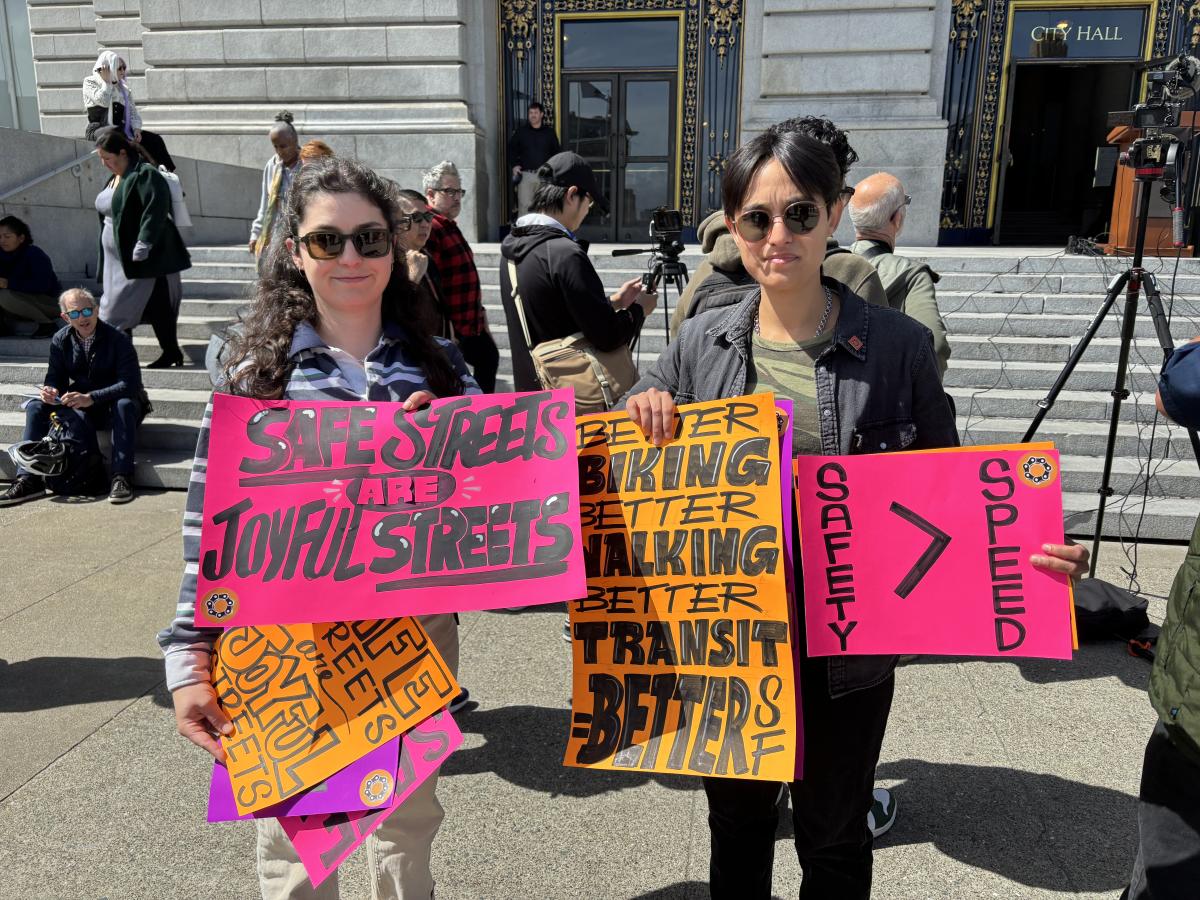
Safe streets advocates at the Vision Zero 10-year anniversary press event.
What’s next for street safety in San Francisco.
But there is still so much work left to do, and we are committed to doing that work over the next ten years and beyond. We will take the lessons we’ve learned from 2014 to 2024 and double down on what we’ve found to be most effective in preventing controllable traffic fatalities and severe injuries.
One thing we’ve learned is that Quick-Build projects are cost effective and have excellent safety outcomes. Across our Quick-Build program, the annual bike-related collision rate decreased by 42% and the annual pedestrian-related collision rate decreased by 26%.
We’ve also learned that San Francisco can’t succeed on its own. We need state and federal policies that give us more tools to make our streets safe. For example, it took years of advocacy to get California to pass legislation allowing for a speed safety camera pilot program. Now that AB 645 is the law, we’ll soon launch a five-year speed safety camera pilot program at 33 locations spread throughout the city.
We will continue using best practices and evidence to guide our work in reducing speeds and redesigning our streets so that mistakes on our roadways don’t result in severe injuries or death due to factors that could have been prevented. We will install Quick-Build pedestrian and bicyclist safety improvement projects as soon as possible on the remaining 50 miles of the High Injury Network. We will also evaluate more than 900 intersections on the network for core safety treatments (daylighting, advanced limit lines, continental crosswalks, longer walk times and pedestrian head starts), and intersections that should have any of these treatments will have them installed.
We will eliminate right turns on red in parts of the city where there is a high concentration of pedestrian activity. We will build a safe, well-connected citywide network for people who bike, scoot or use another micromobility device. And we will focus extra resources on vulnerable high-injury communities. For example, the city has obtained more than $25 million through the new federal Safe Streets and Roads for All program that will be dedicated to Western Addition and Tenderloin street-safety projects.
There are external factors that make eliminating traffic fatalities extremely difficult. Automobile culture is deeply ingrained in the United States, and the more people who drive, the more there’s a chance that one of them will drive recklessly or make a mistake, like getting distracted by their cell phone. Vehicles are also getting bigger and heavier; they are higher off the ground; and they have worse driver sightlines, which makes them more deadly. These are issues we’ll need to take on, in partnership with community advocates and forward-thinking policymakers.
Although city leaders set a 10-year deadline for achieving Vision Zero, the work is far from done. Vision Zero is a moral goal. And it’s not our only goal. We want to make sure that walking, biking and rolling down the streets of San Francisco is a joyful experience and one of the things we love most about living in this city. We are striving to be the safest city in the world for all who travel here, and we hope you’ll join us in this work.
Published March 29, 2024 at 01:43AM
https://ift.tt/PxeUtWD
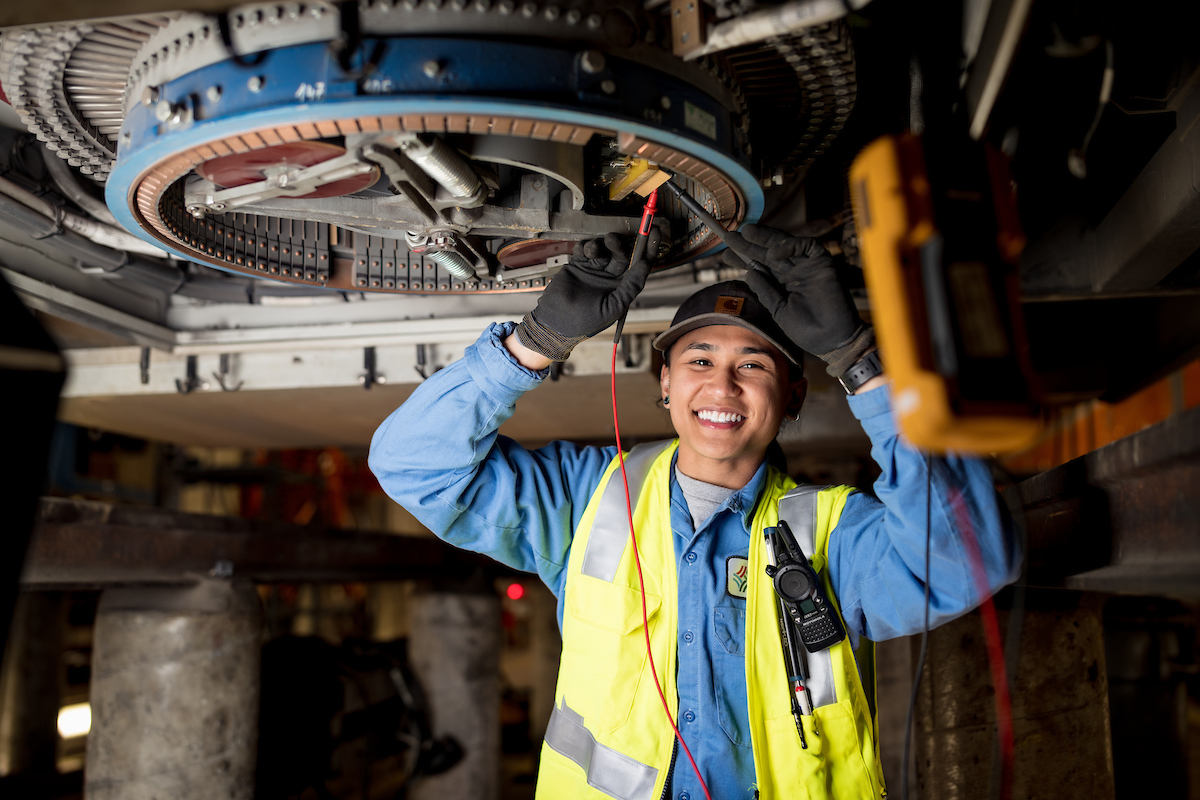
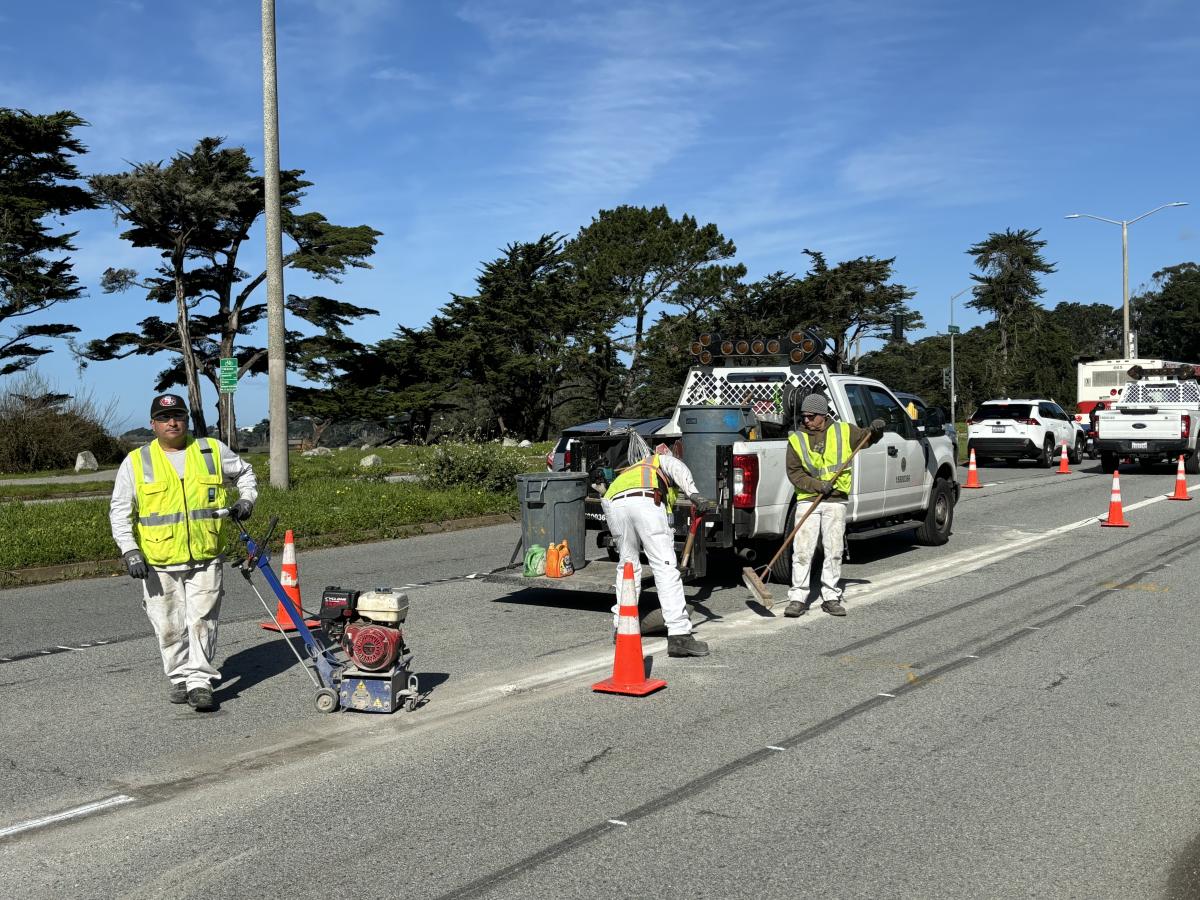
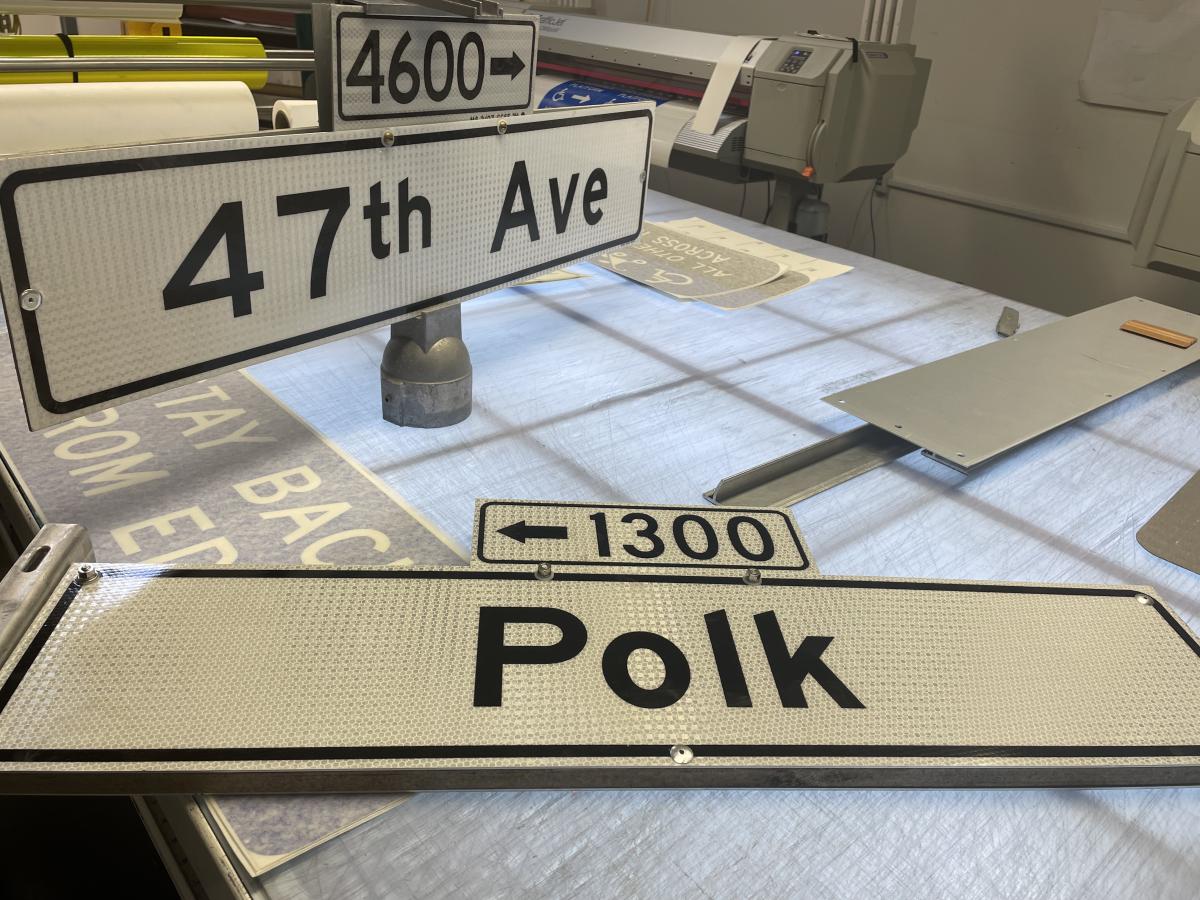 Two freshly created street signs at the Traffic Sign Shop.
Two freshly created street signs at the Traffic Sign Shop. Parking meters from eras gone by serve as a visual history of San Francisco street management.
Parking meters from eras gone by serve as a visual history of San Francisco street management.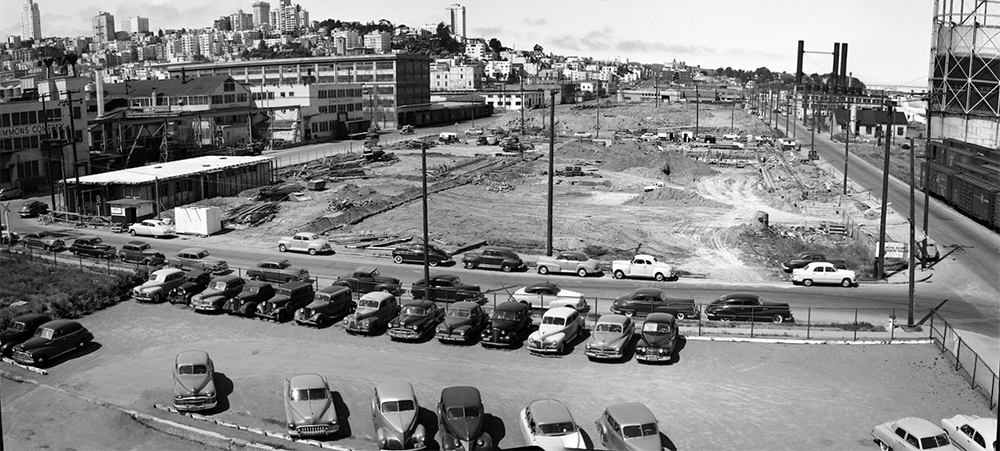
 These two panoramic photos show Kirkland Division during and after construction. Top photo taken July 20, 1950, bottom September 14, 1950.
These two panoramic photos show Kirkland Division during and after construction. Top photo taken July 20, 1950, bottom September 14, 1950. 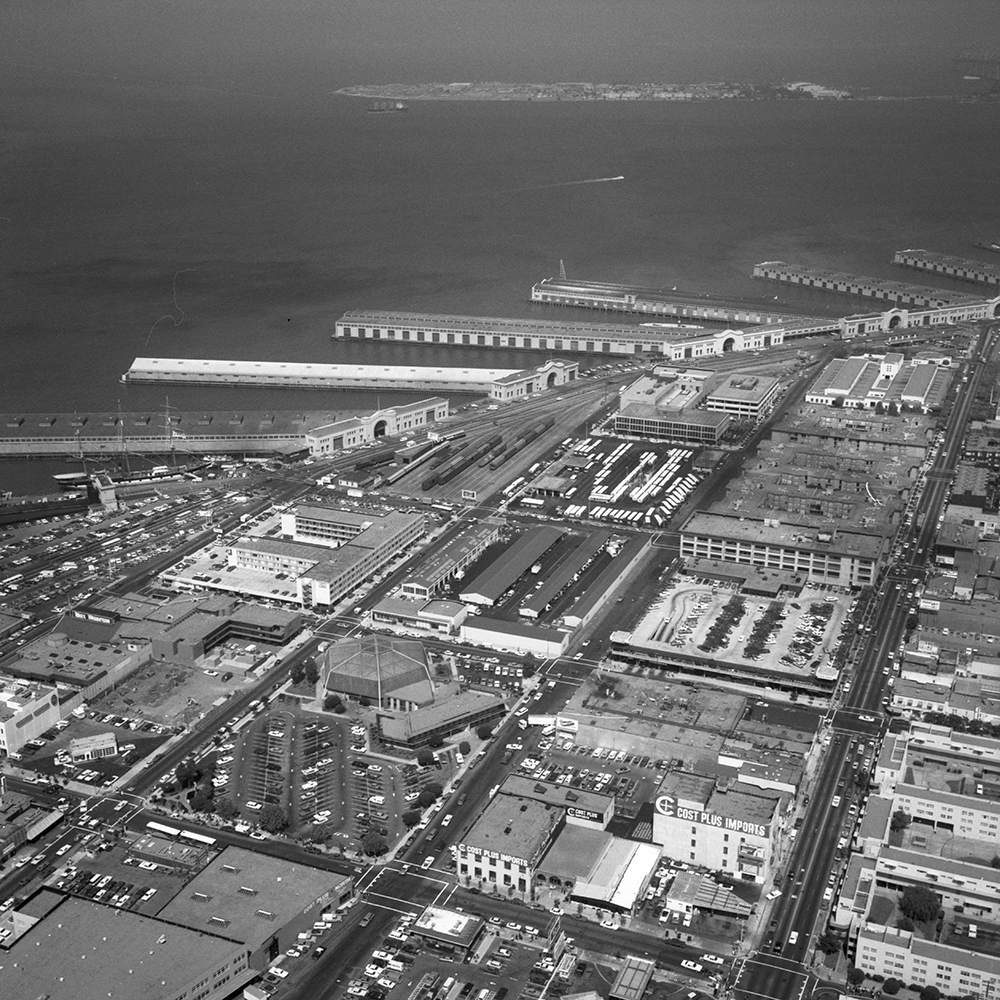 An aerial view from 1972 shows Kirkland in the upper center of the photo. Industrial uses in the area have begun to give way to residential and tourist areas.
An aerial view from 1972 shows Kirkland in the upper center of the photo. Industrial uses in the area have begun to give way to residential and tourist areas.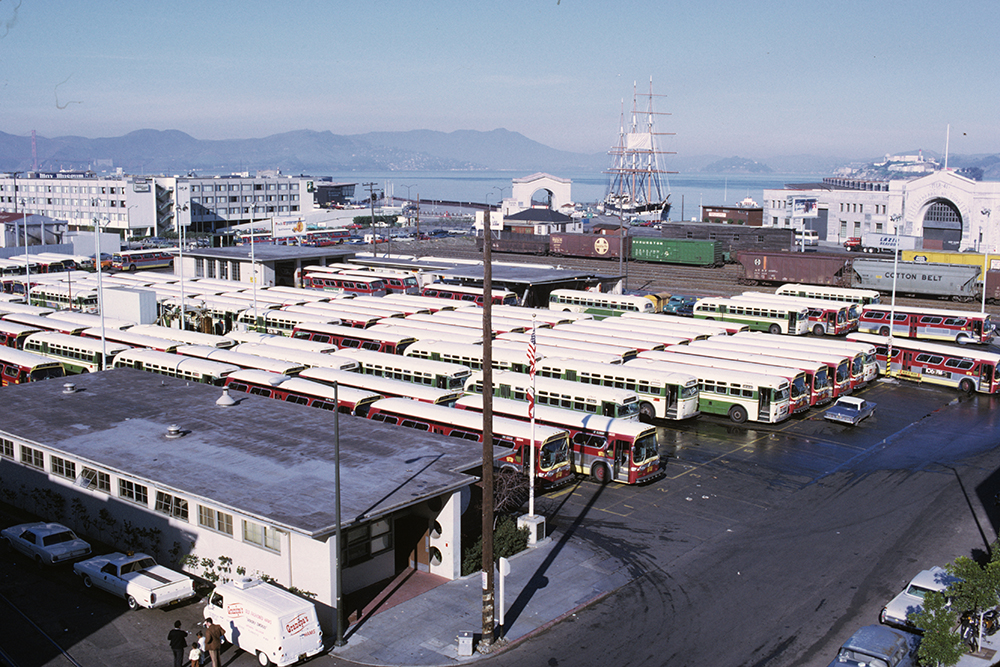 This color photo from 1971 shows a yard full of old and new Muni buses. To the north lies the remnants of a once massive freight rail yard.
This color photo from 1971 shows a yard full of old and new Muni buses. To the north lies the remnants of a once massive freight rail yard.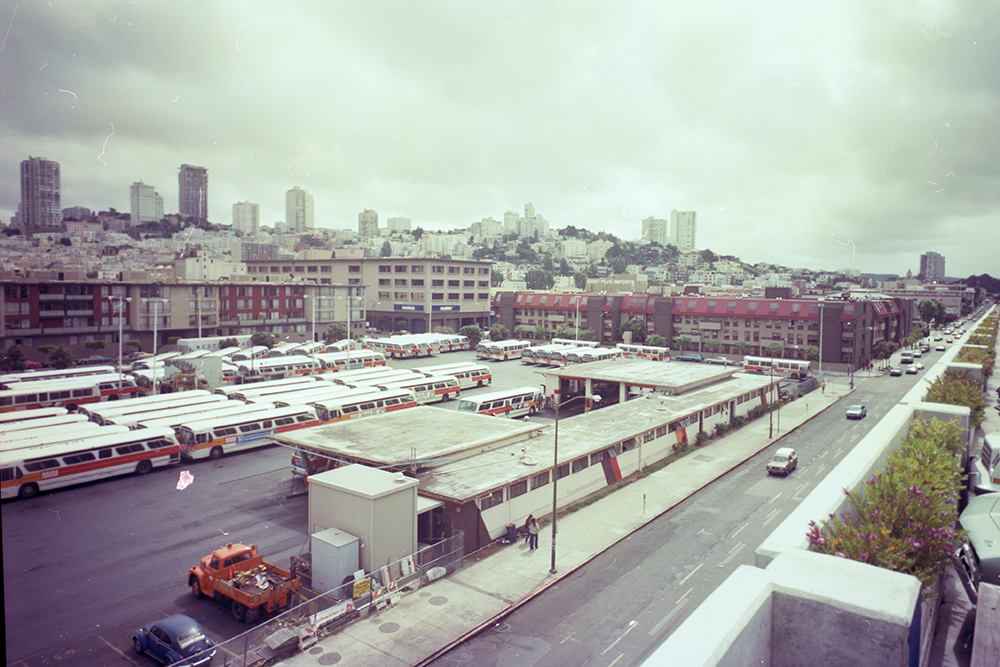 By the time this 1980 photo was taken, the rail yard north of Kirkland was replaced by a parking garage for Pier 39 attractions.
By the time this 1980 photo was taken, the rail yard north of Kirkland was replaced by a parking garage for Pier 39 attractions.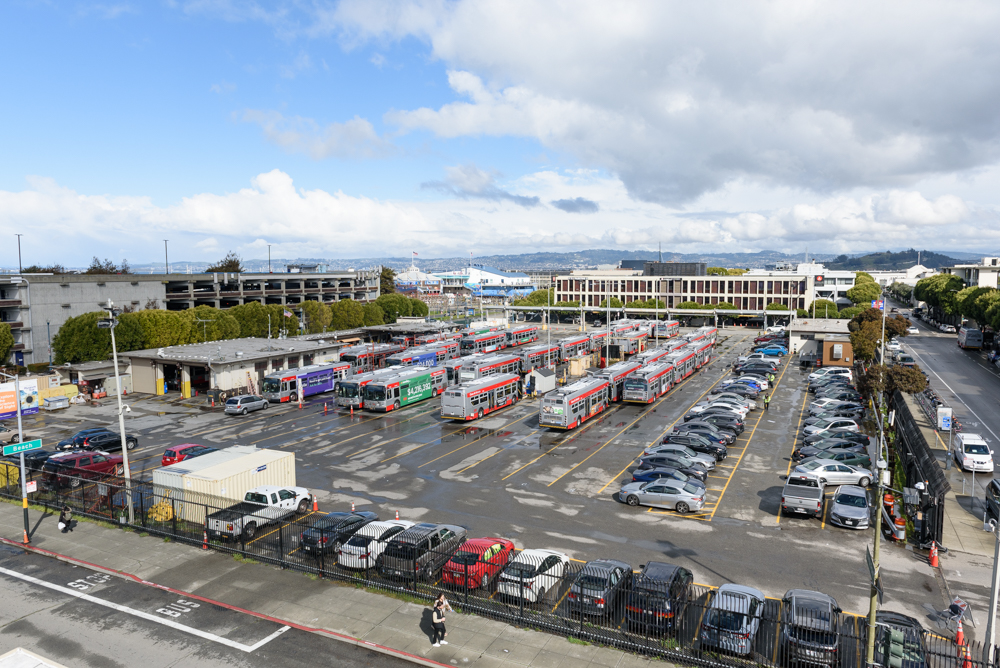 This 2023 view shows a much-changed neighborhood but a relatively unchanged Kirkland Yard.
This 2023 view shows a much-changed neighborhood but a relatively unchanged Kirkland Yard.
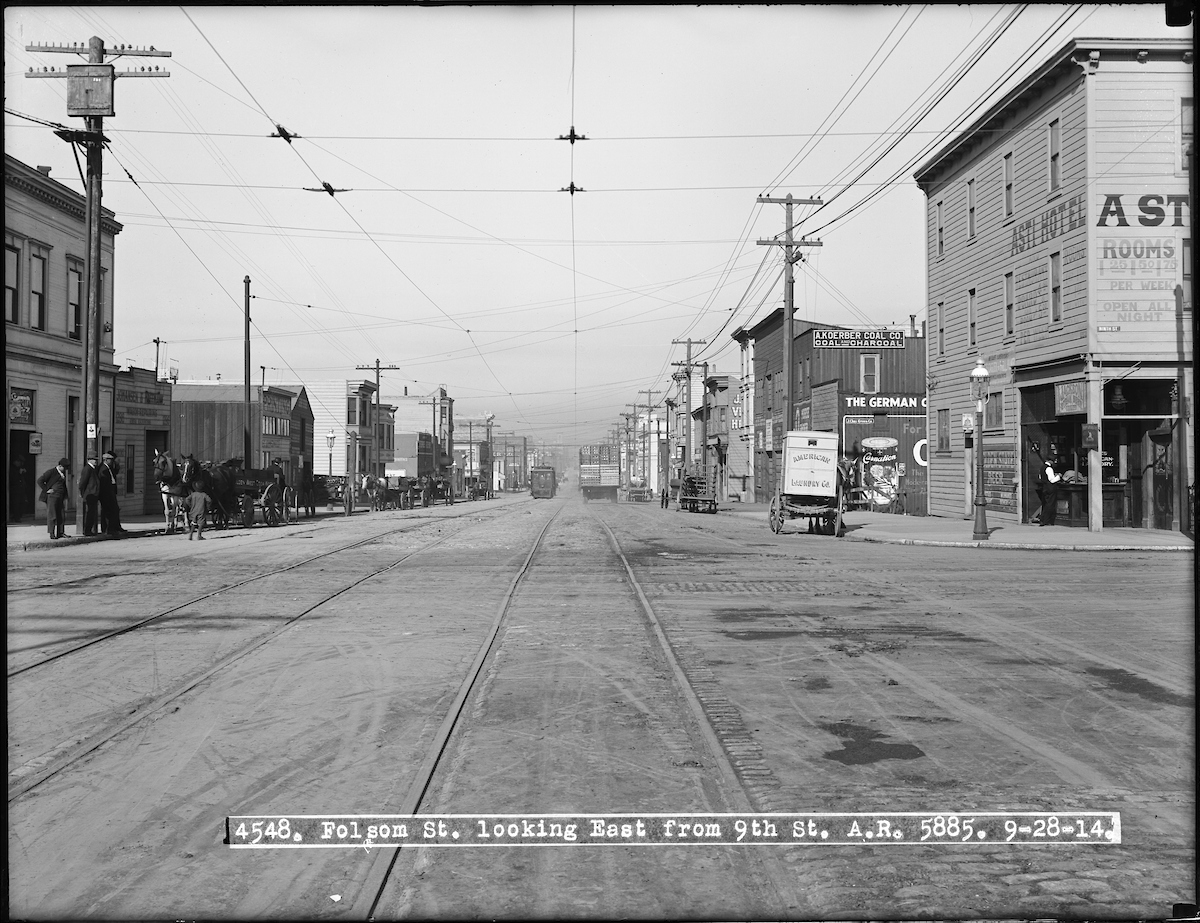
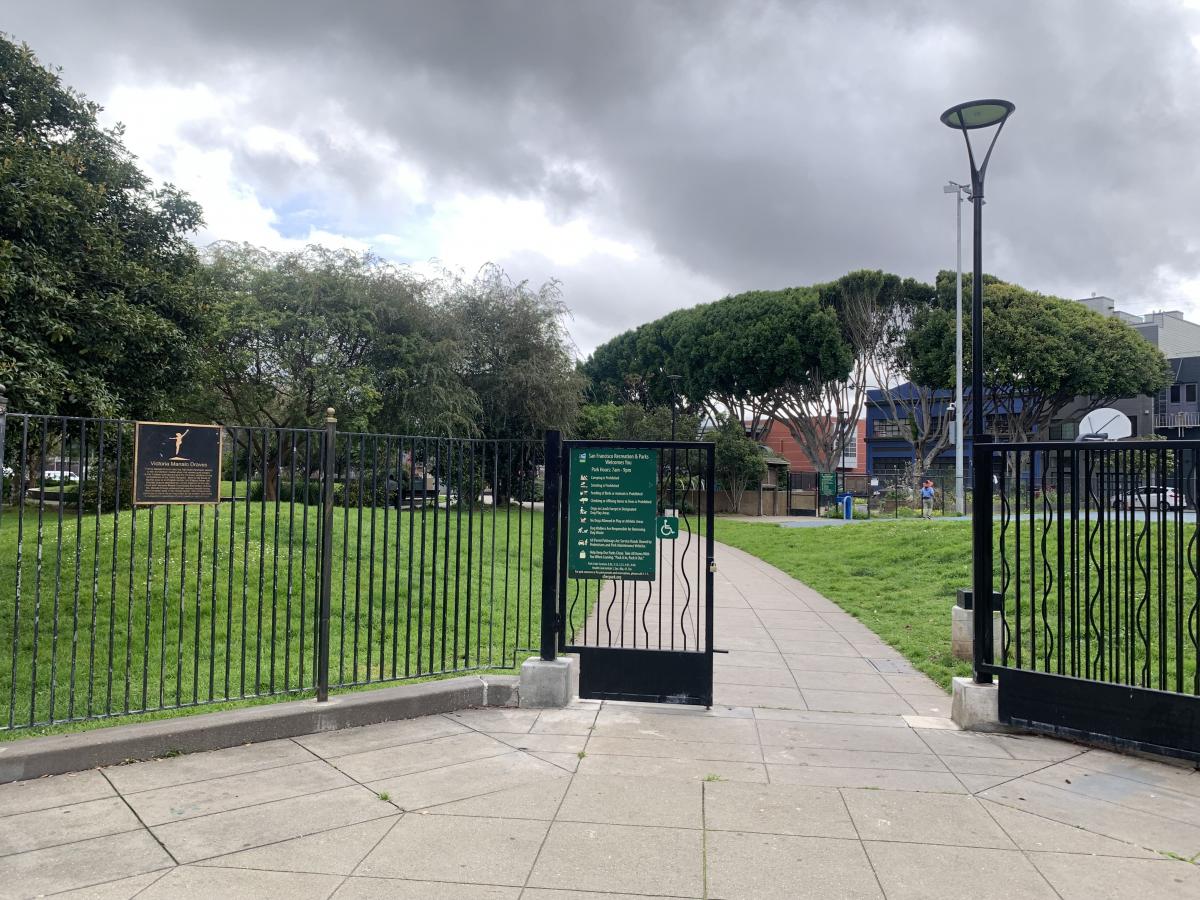
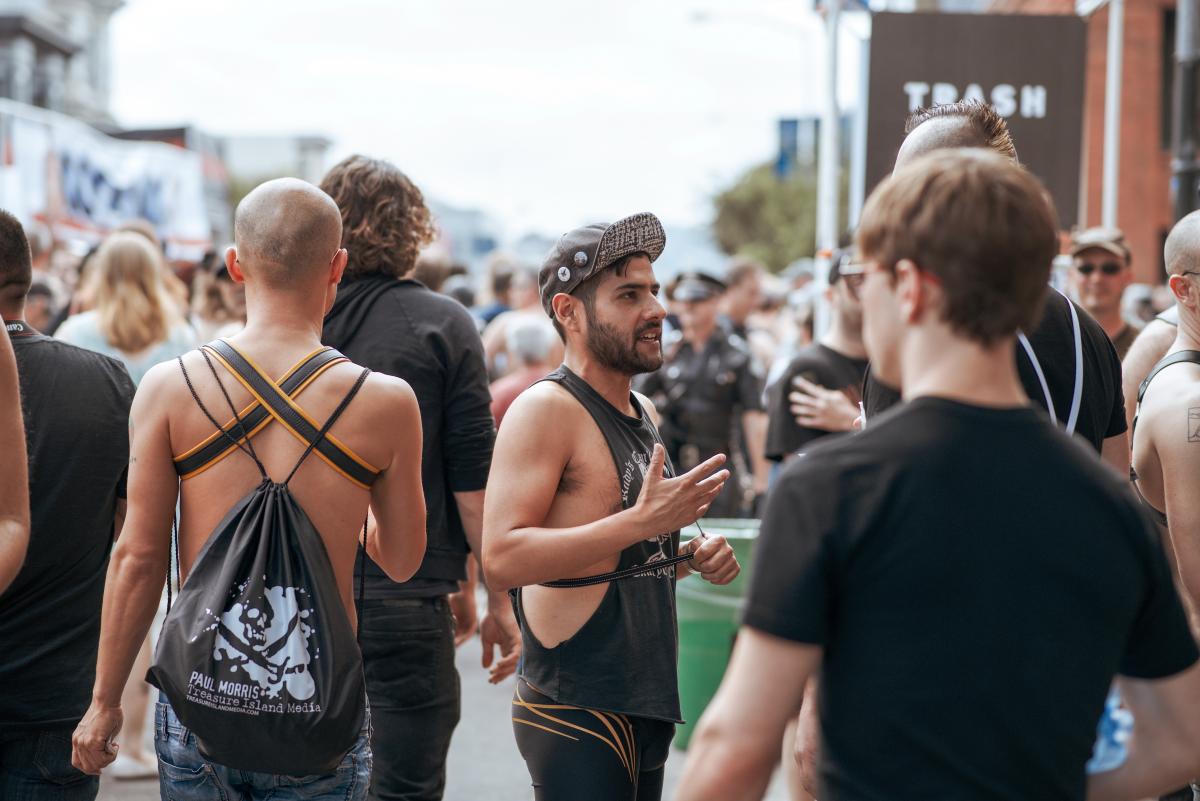
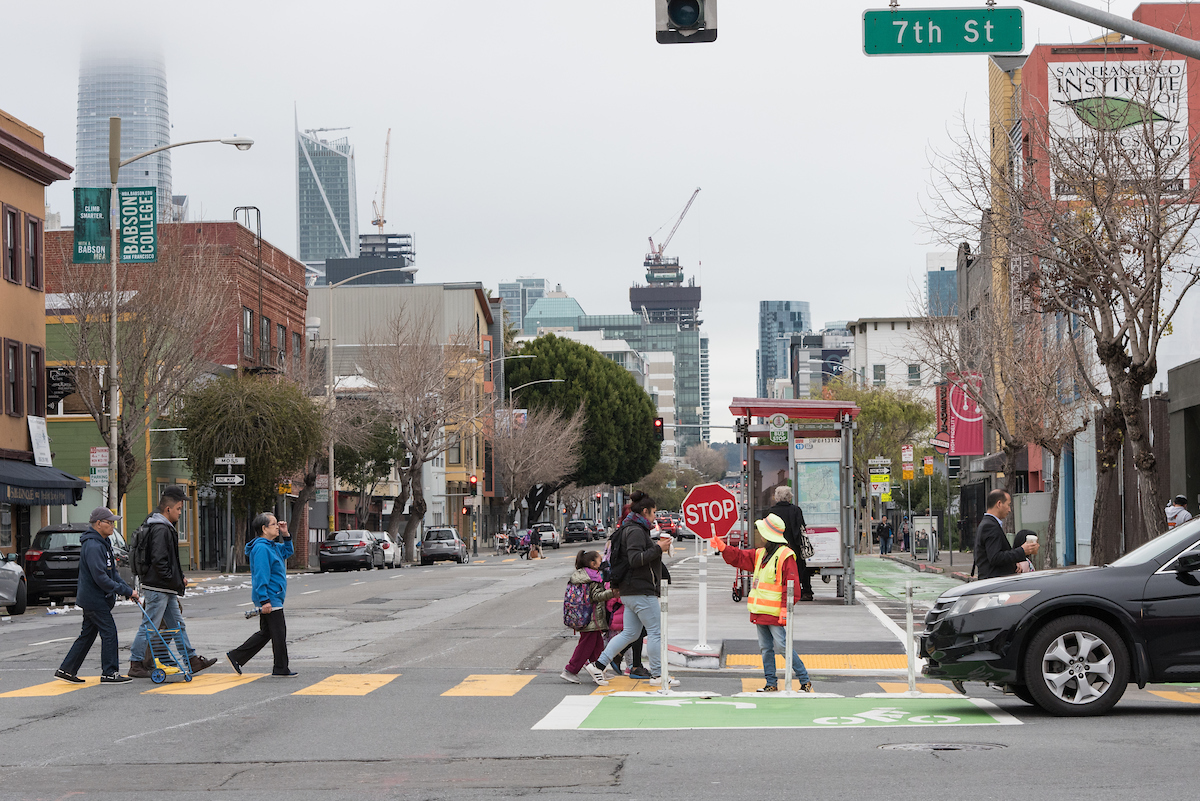
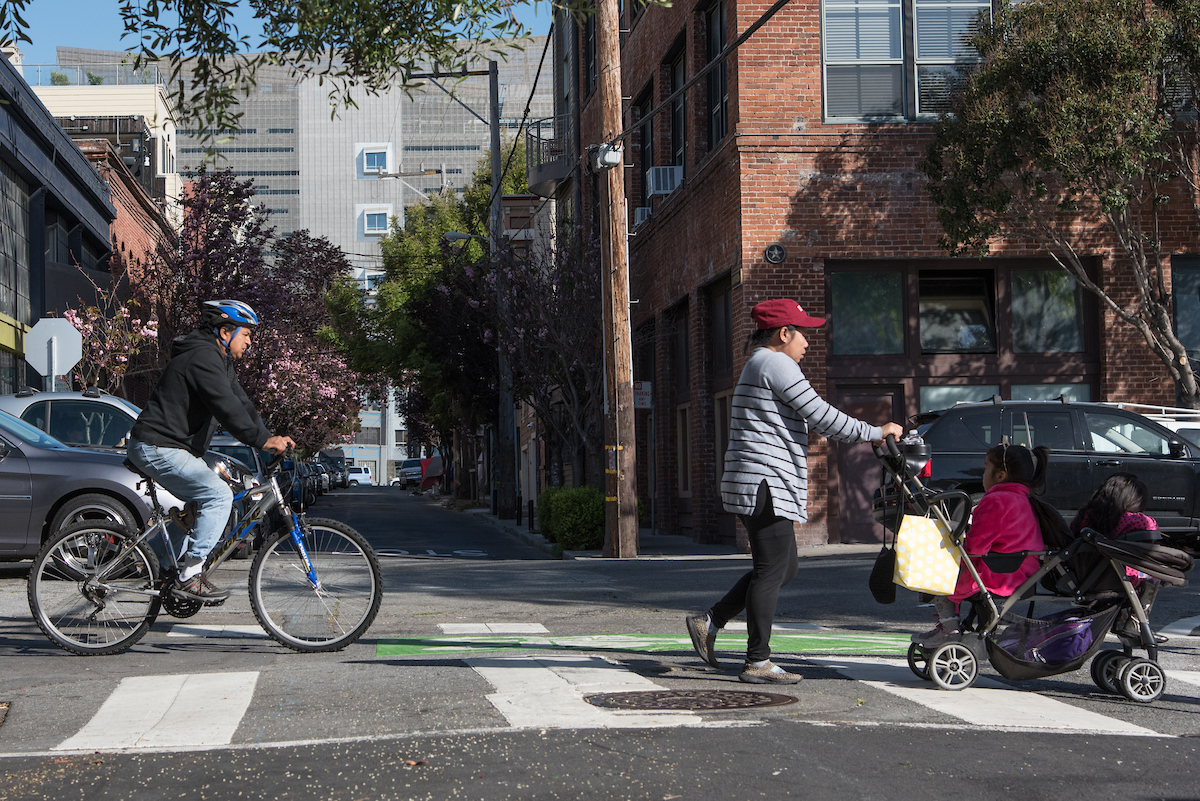
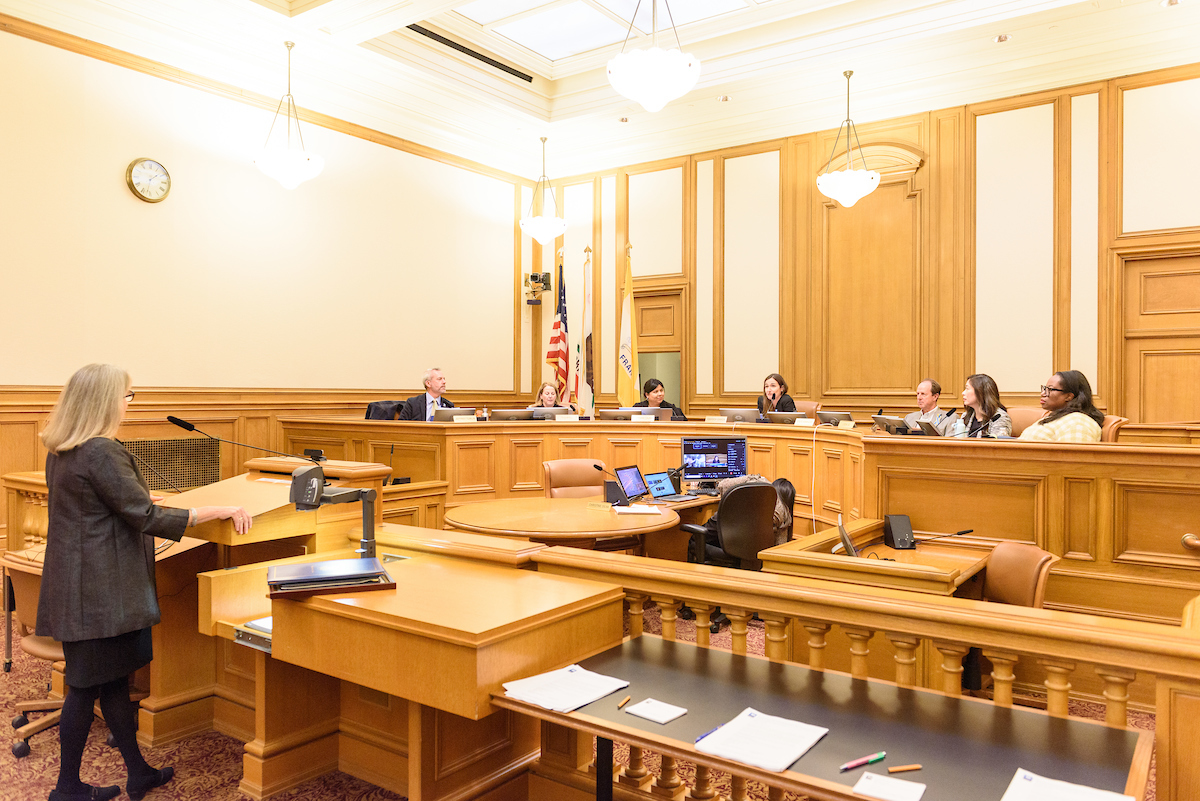
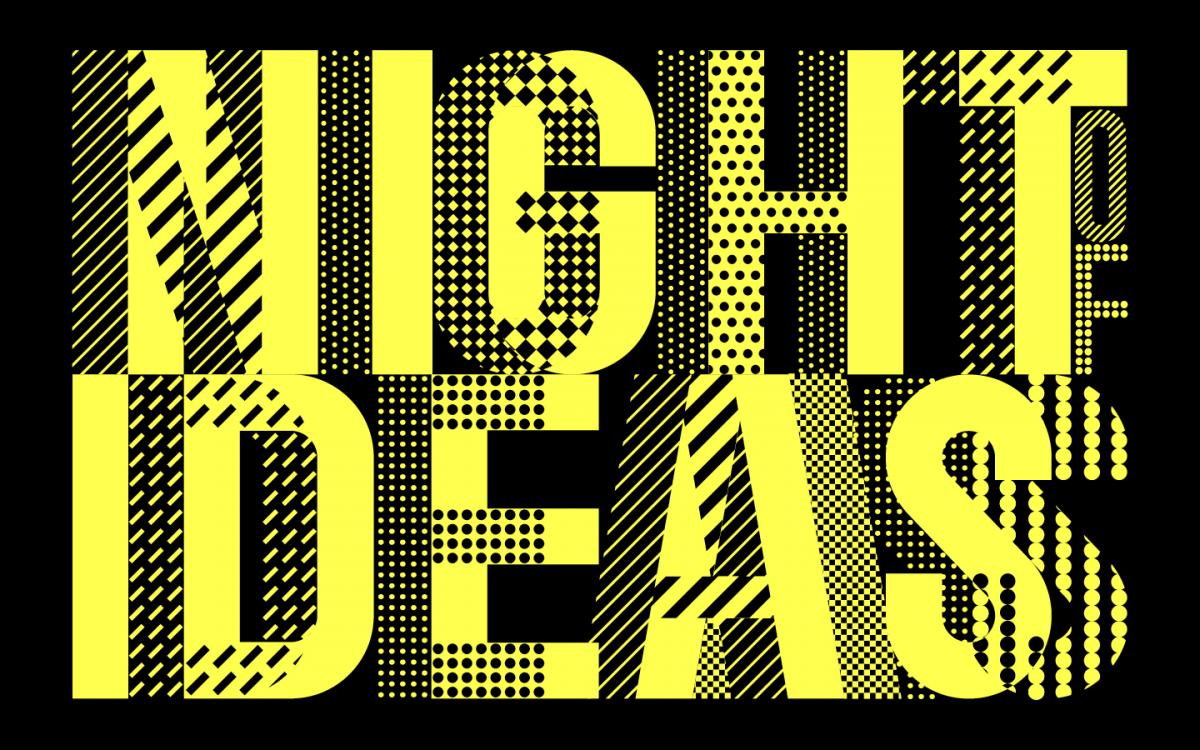
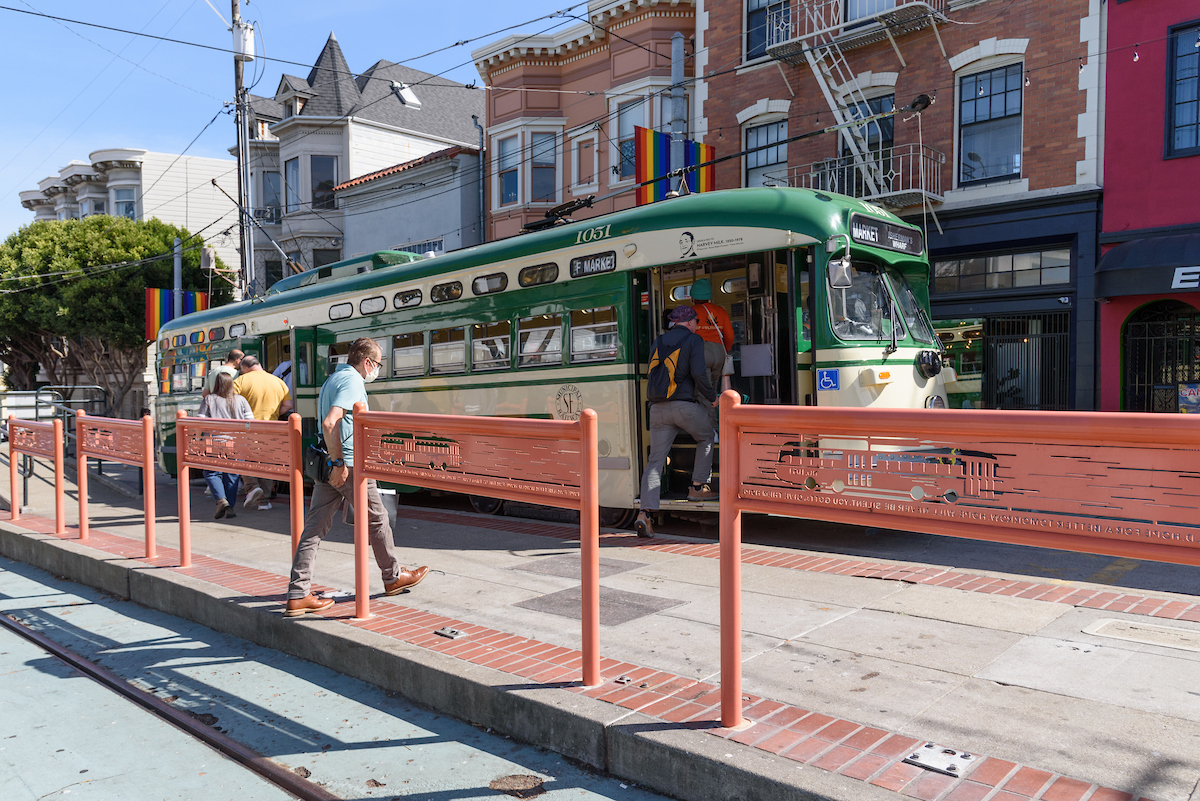
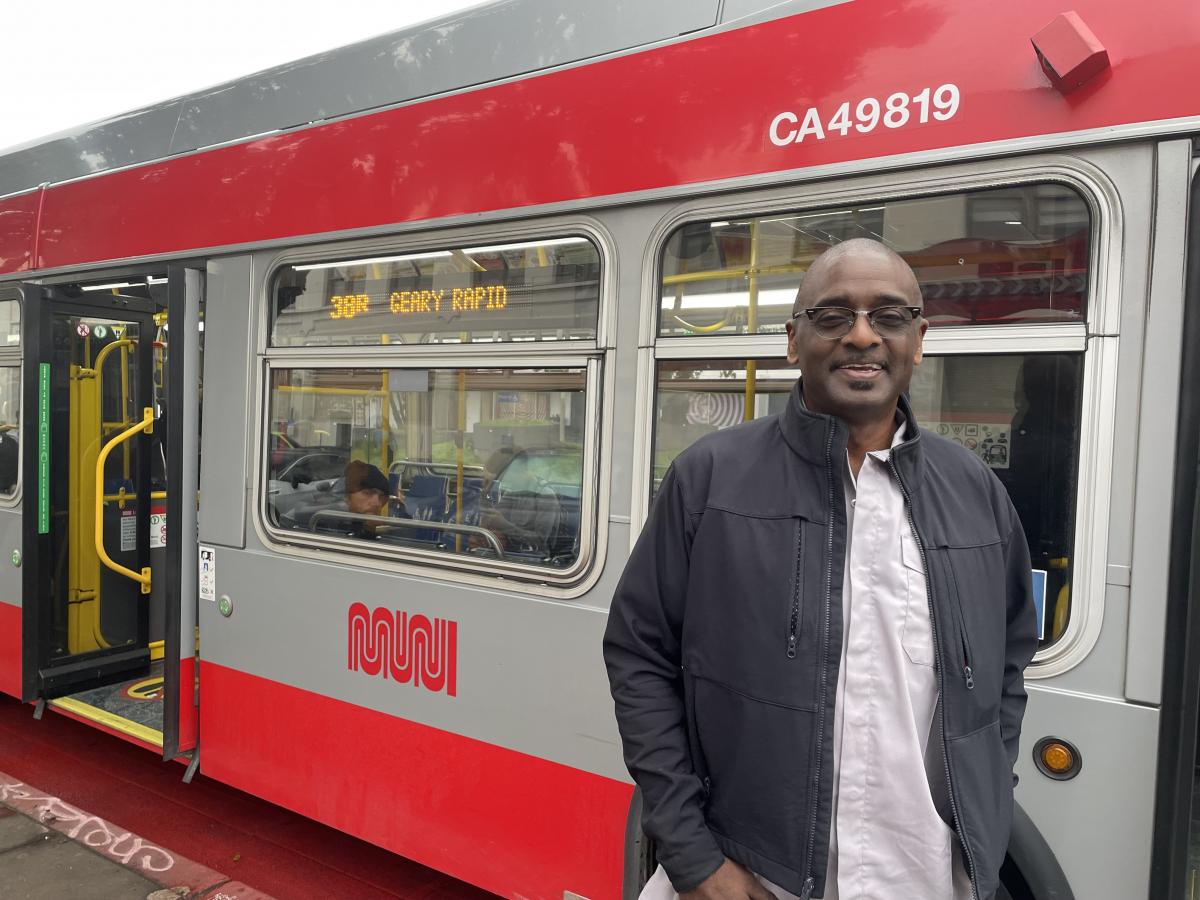
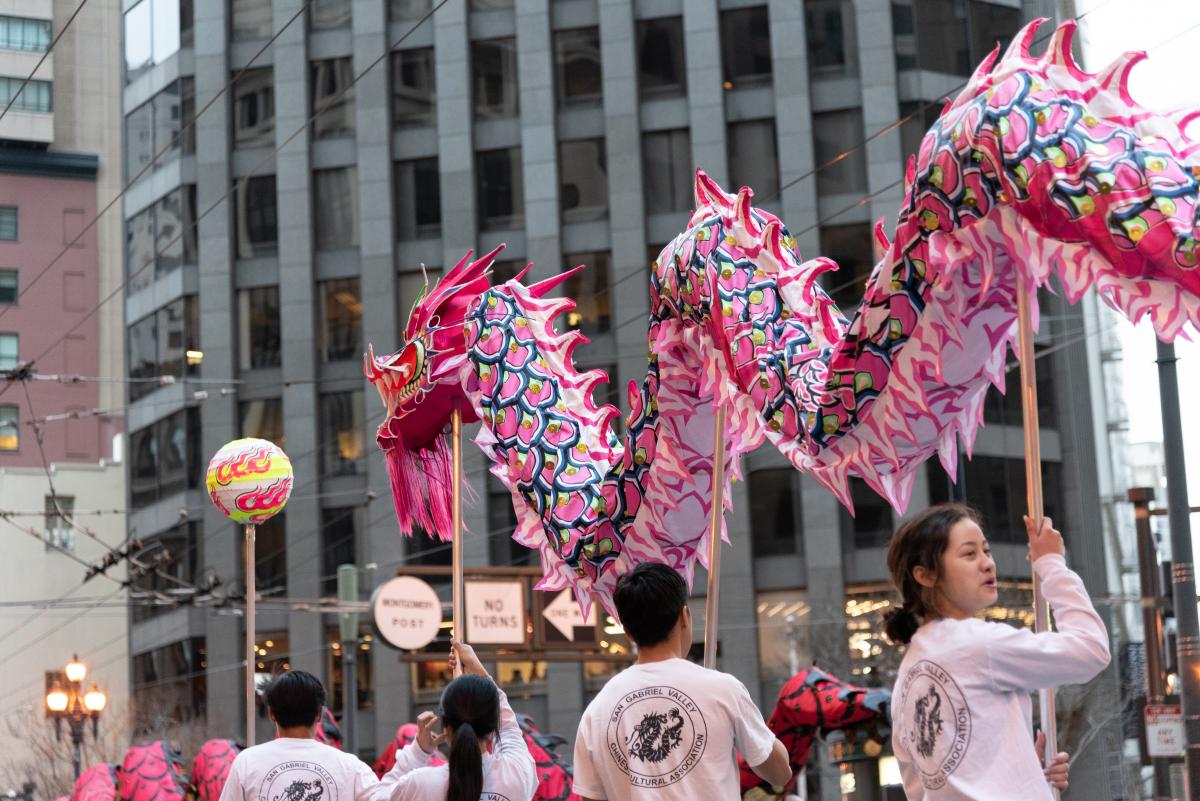
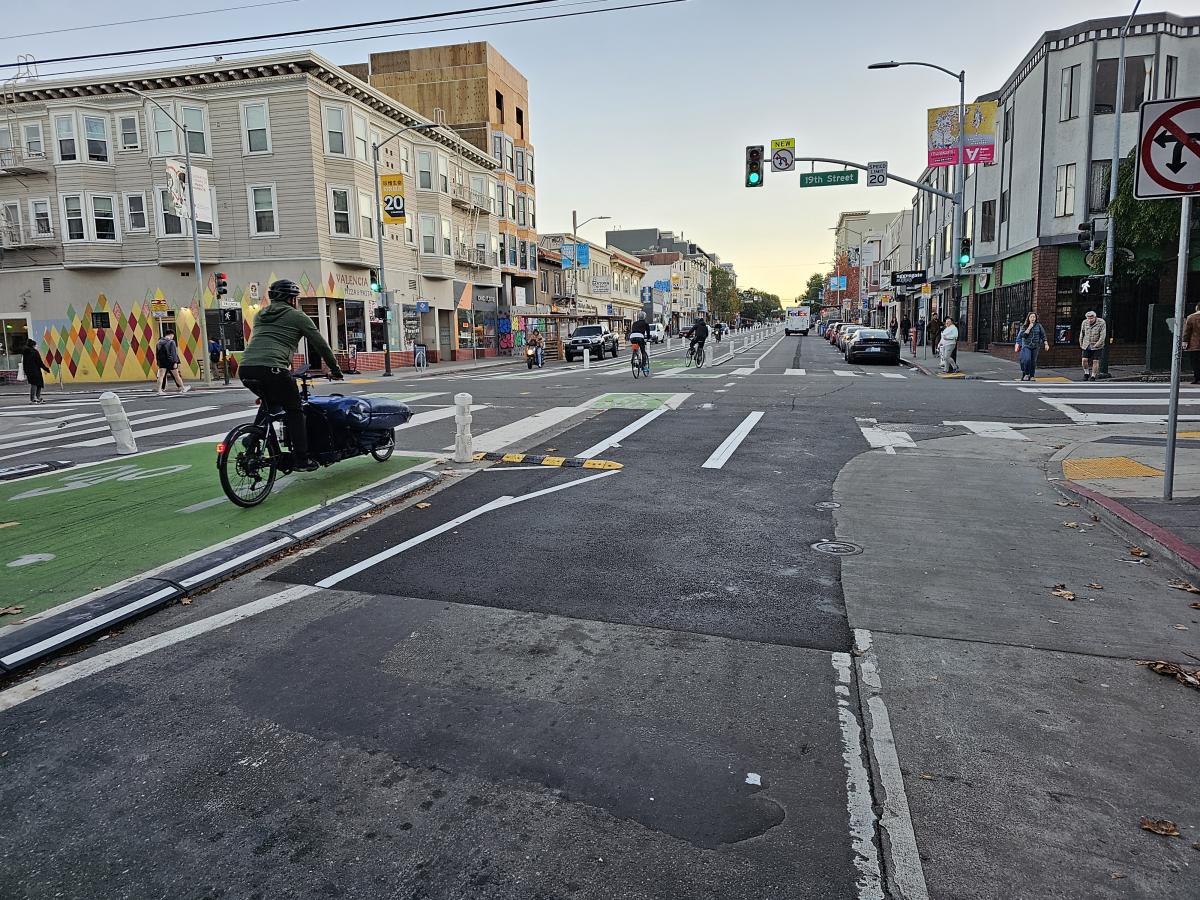
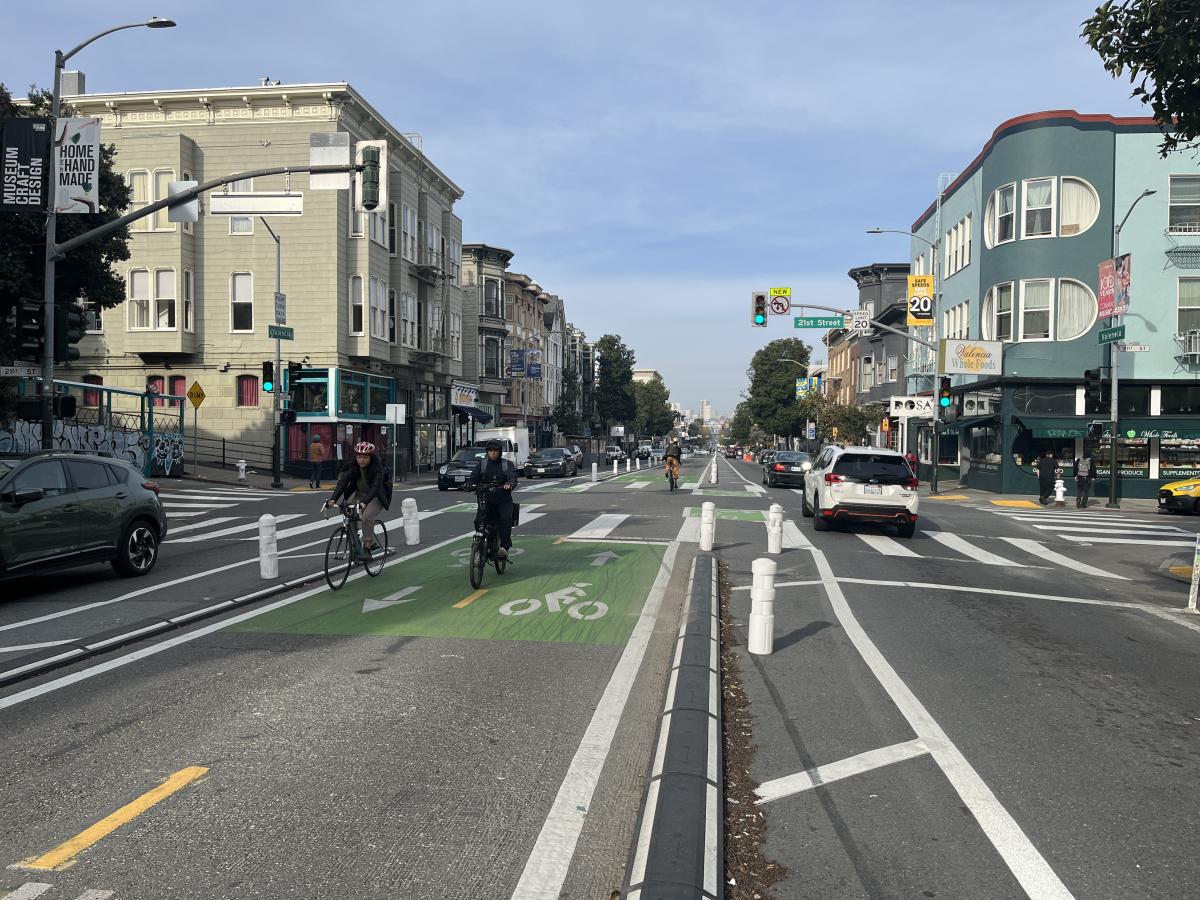
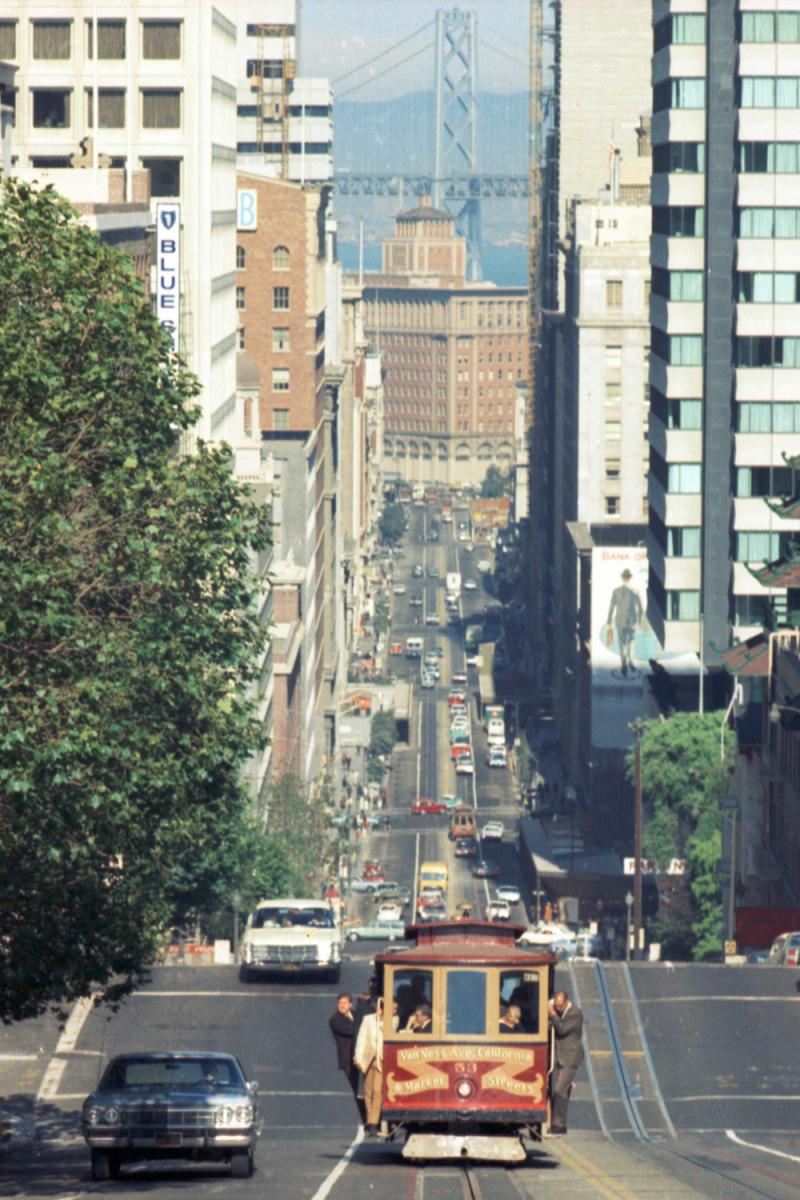
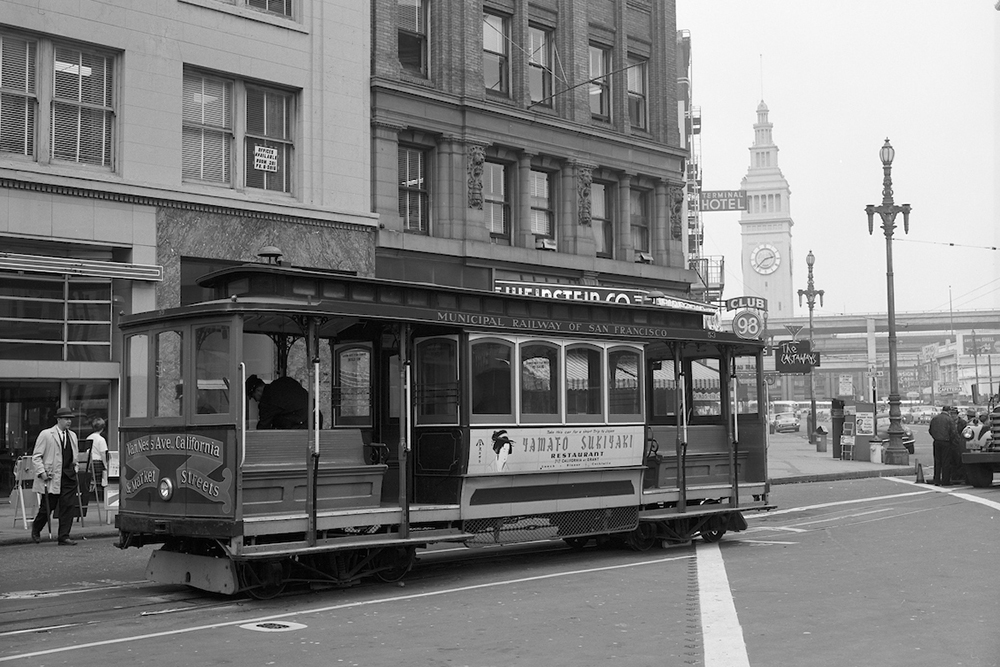 Car 53 at Market Street in 1960 before receiving a new paint job.
Car 53 at Market Street in 1960 before receiving a new paint job.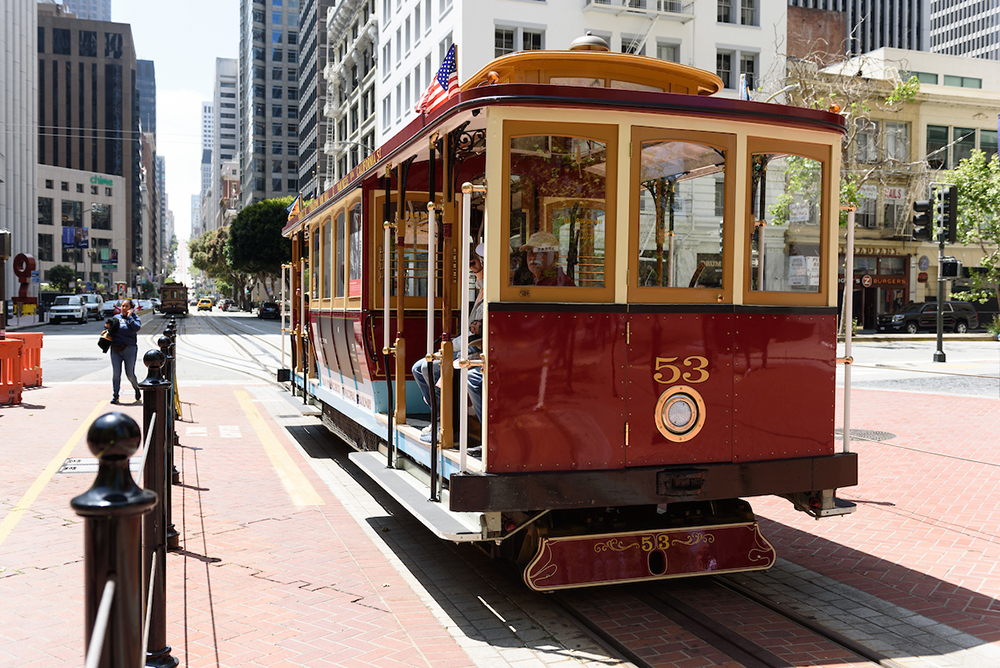 Car 53 on California Street in 2023 after frame repairs and repainting.
Car 53 on California Street in 2023 after frame repairs and repainting.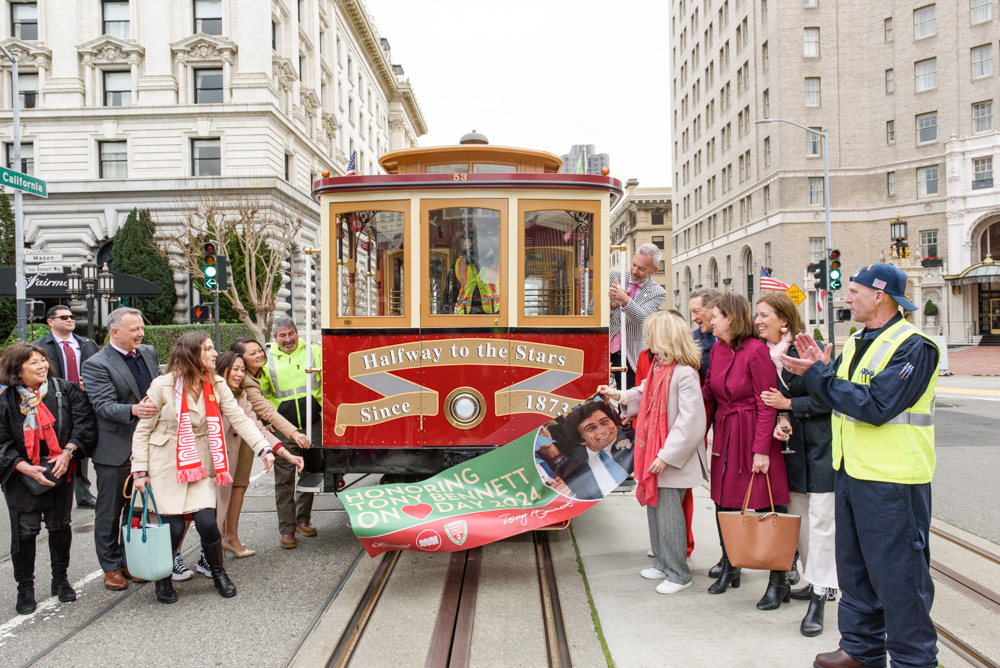 Unveiling the special ribbon design reading, ”Halfway to the Stars Since 1873” on Car 53 during dedication to Tony Bennett on February 14, 2024.
Unveiling the special ribbon design reading, ”Halfway to the Stars Since 1873” on Car 53 during dedication to Tony Bennett on February 14, 2024.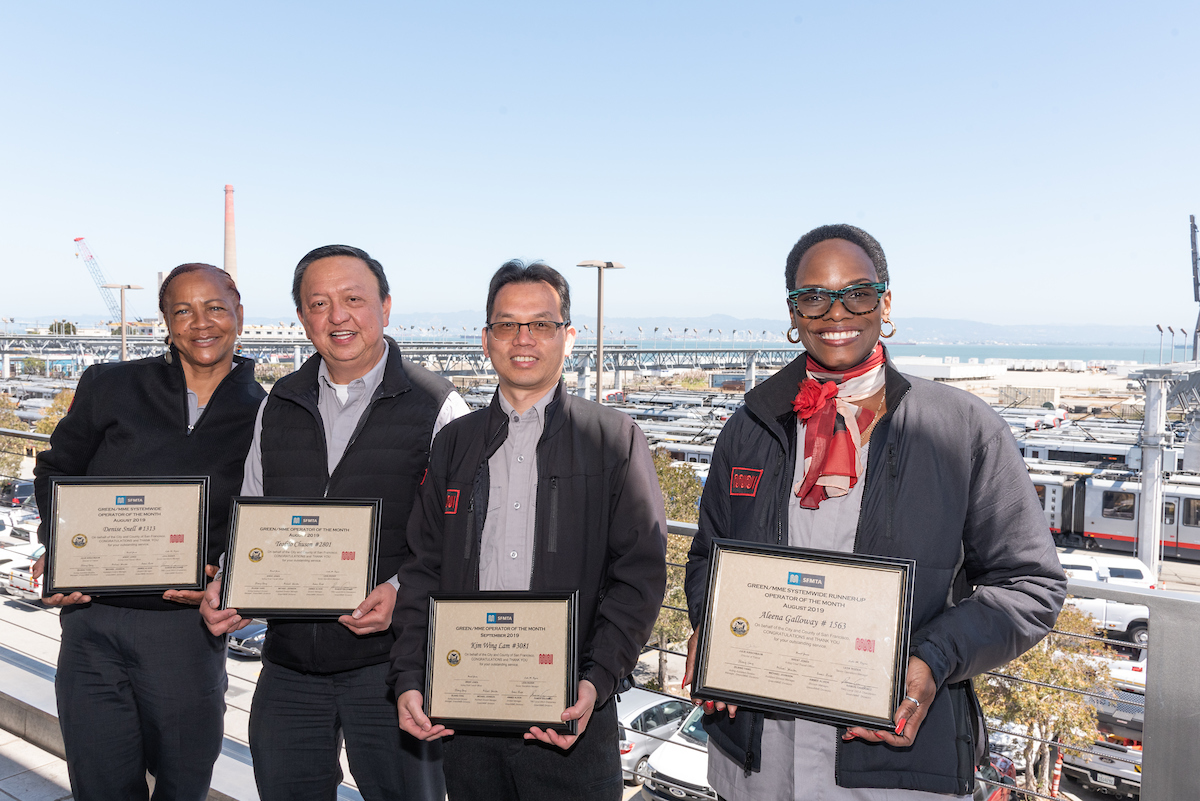
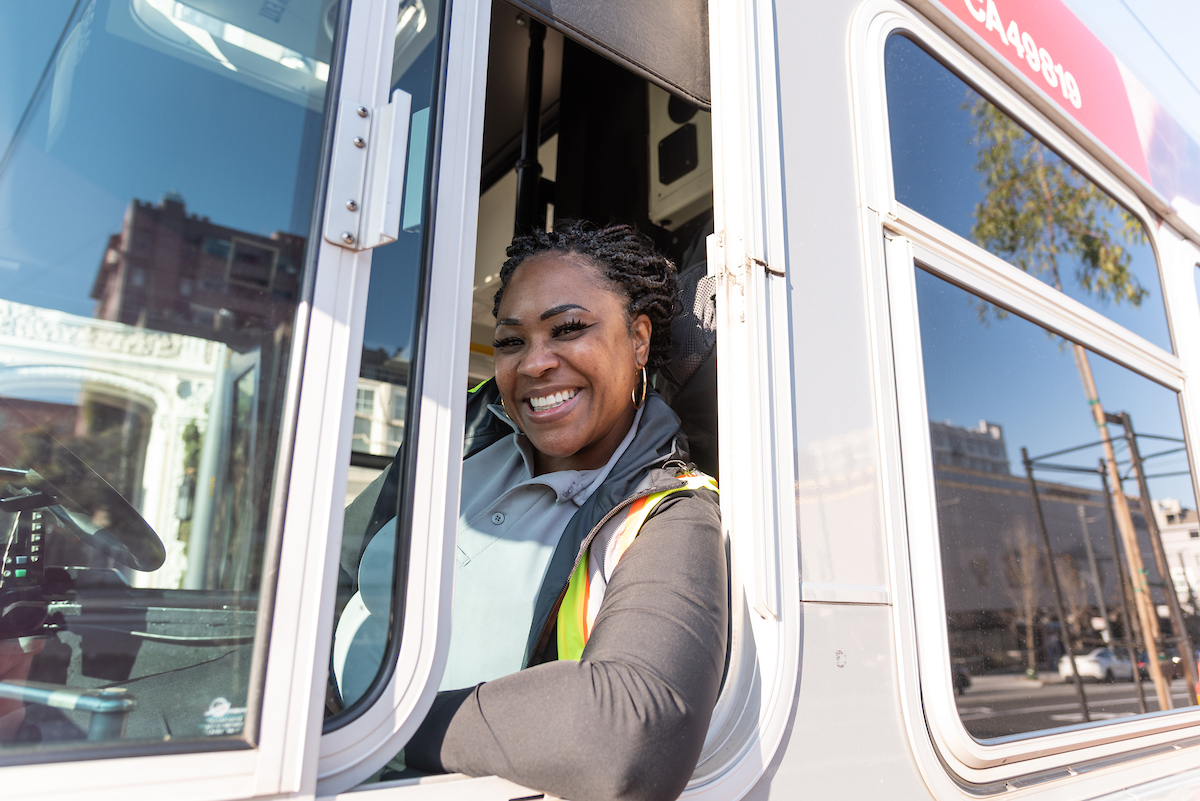
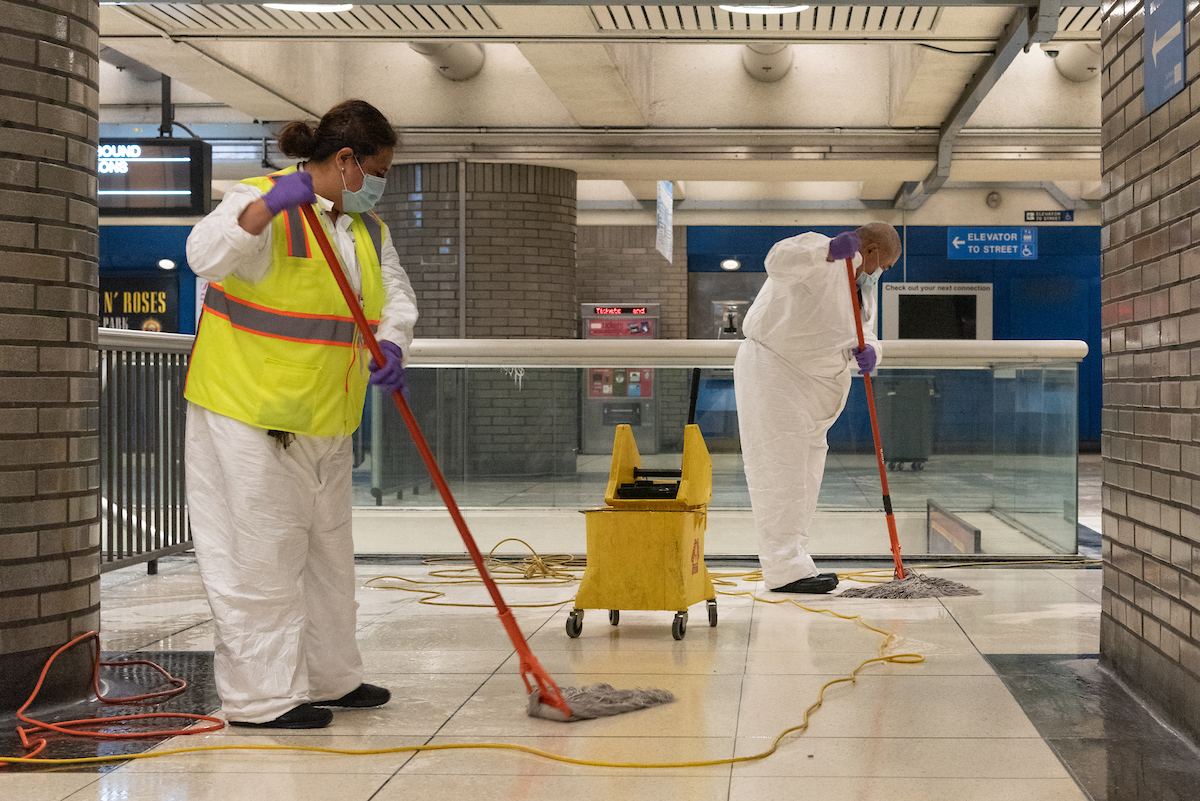 Notice our stations and buses are in great condition? Feel free to share positive feedback for our custodians.
Notice our stations and buses are in great condition? Feel free to share positive feedback for our custodians.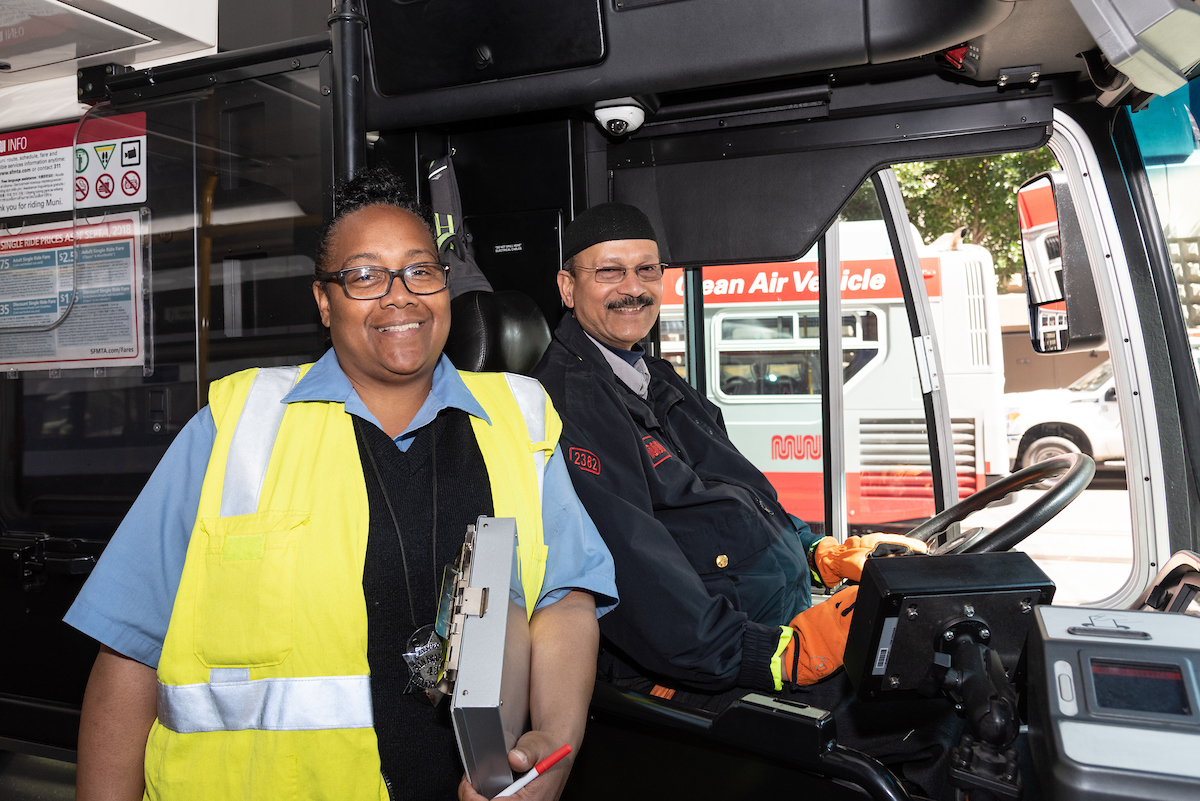 Operators and inspectors work together to help our system run smoothly.
Operators and inspectors work together to help our system run smoothly.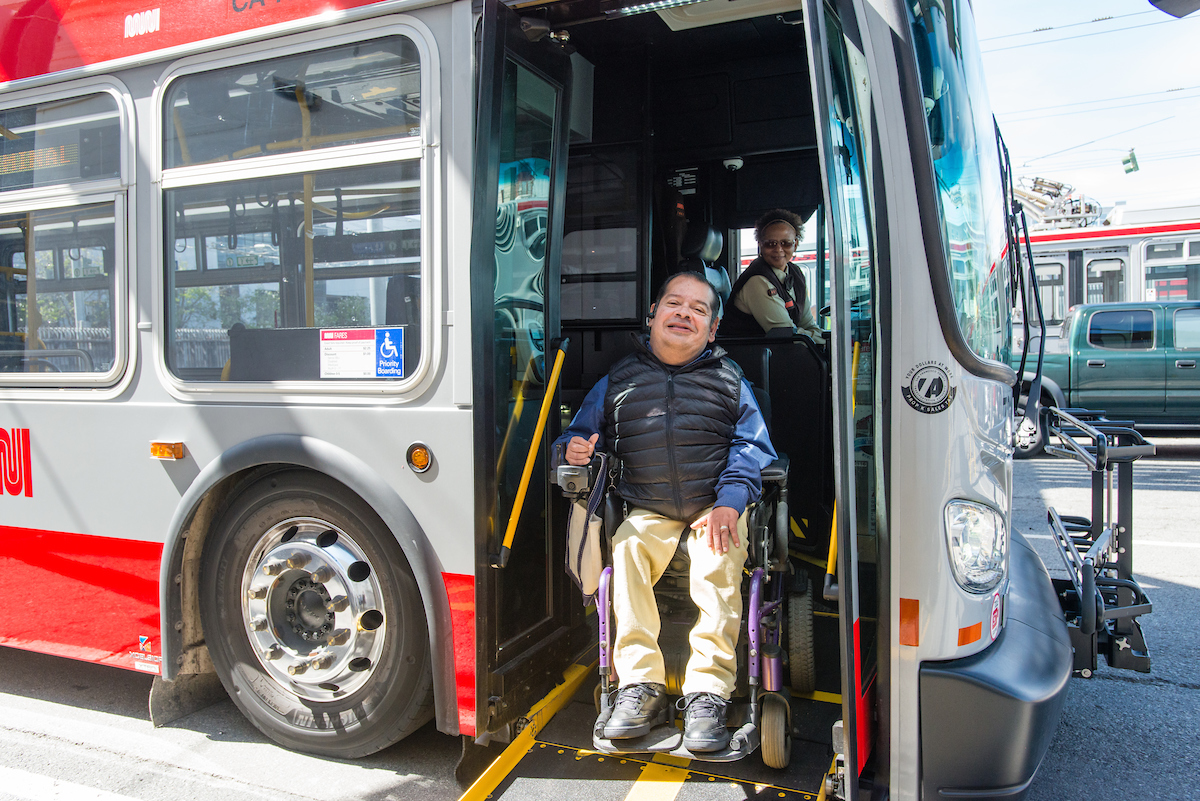 We welcome feedback about the accessibility of our service, whether you’re using a stroller or a mobility device.
We welcome feedback about the accessibility of our service, whether you’re using a stroller or a mobility device.